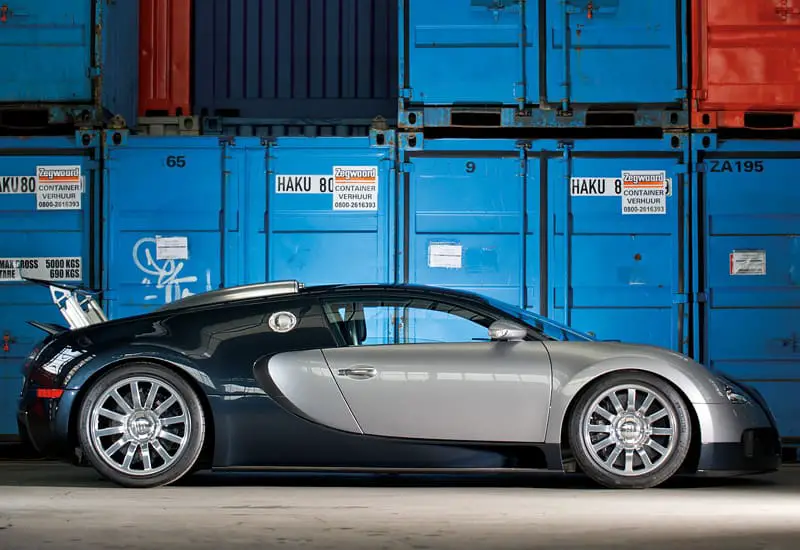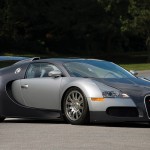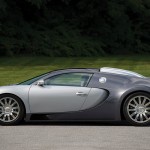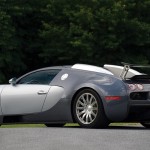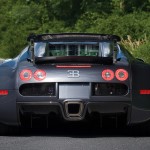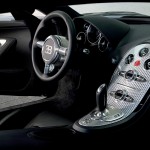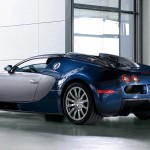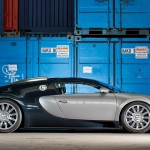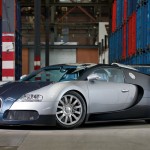The most remarkable production car should probably have the highest horsepower, fastest acceleration and top speed, and the most expensive. Currently, the Bugatti Veyron EB 16.4 seems to have it all: an engine capable of spewing 1,001 horsepower, top speed of 267.856 mph (the Super Sport version), capable of acquiring 180 in 14 seconds, and a price tag in the region of $1.2 million.
Awards
In 2013, Guiness World Records recognized the EB 16.4 as the fastest production car in the world. Top Gear, a BBC television program, also named the car as the Car of Decade, 2000 to 2009. In 2005, it was on Top Gear’s list as the best-driven car in 2005.
Background Information
The mid-engine supercar was developed and designed by the Volkswagen Group and manufactured by Bugatti Automobiles S.A.S. The Veyron name is in honor of Pierre Veyron, Bugatti’s company race driver, test driver and development engineer. EB is in reference to Ettore Bugatti; the Bugatti founder and 16.4 is the car’s 16 engine cylinders and four turbochargers.
However, the big question is how did Bugatti team manage to fit such amazing performance into a single vehicle? To understand more one has to take the car apart, at least virtually.
The Body
The dimensions on the Veyron help the car achieve more than is thought capable. The vehicle is 79 inches wide, 176 inches long and 48 inches high. Considering that the Hummer 2 is about 81.2 inches wide, the Bugatti is much wider for its height.
On the underside, it is venture-shaped and streamlined, helping it increase the downforce. The wing in the back extends at high-speeds, increasing downforce and helping the car stay grounded. Snorkel-like devices are installed on both sides of the engine and roof of the car to help with the engine’s performance demands.
The Engine
In order to get a compact engine capable of producing 1,000 hp, turbocharging is required. In the case of the Bugatti, this required four turbochargers arranged around the engine. Another thing the Bugatti engineers added was lower the lag time when the driver presses on the accelerator and keep the RPM on redline high.
To create the 16-cylinder engine, Bugatti engineers merged two V-8 engines into a single unit and had them share a crankshaft. The configuration helps create W-16 engines found on the Veyron.
In order to make the engine work, a host of special features was added into the mix some of them include:
- Four valves for every cylinder creating 64 valves
- Dry sump lubrication system
- For optimal performance at various engine rpm settings, cam timing that is electronically controlled was introduced
- A huge radiator capable of dispensing the waste heat generated by burning about 1.33 gallons of gasoline every minute
The Transmission
Transmission on the Bugatti Veyron is a spectacle to behold. It should have the capability to handle the torque produced by the engine. The transmission has:
- A computer-controlled, paddle-driven shifting system
- A dual clutch system
- Sequential shifting
- Seven gears
To create the fastest street legal production in the world also required special tires capable of handling 250 mph. In other words, this is as good as it gets with the Bugatti Veyron EB 16.4.

